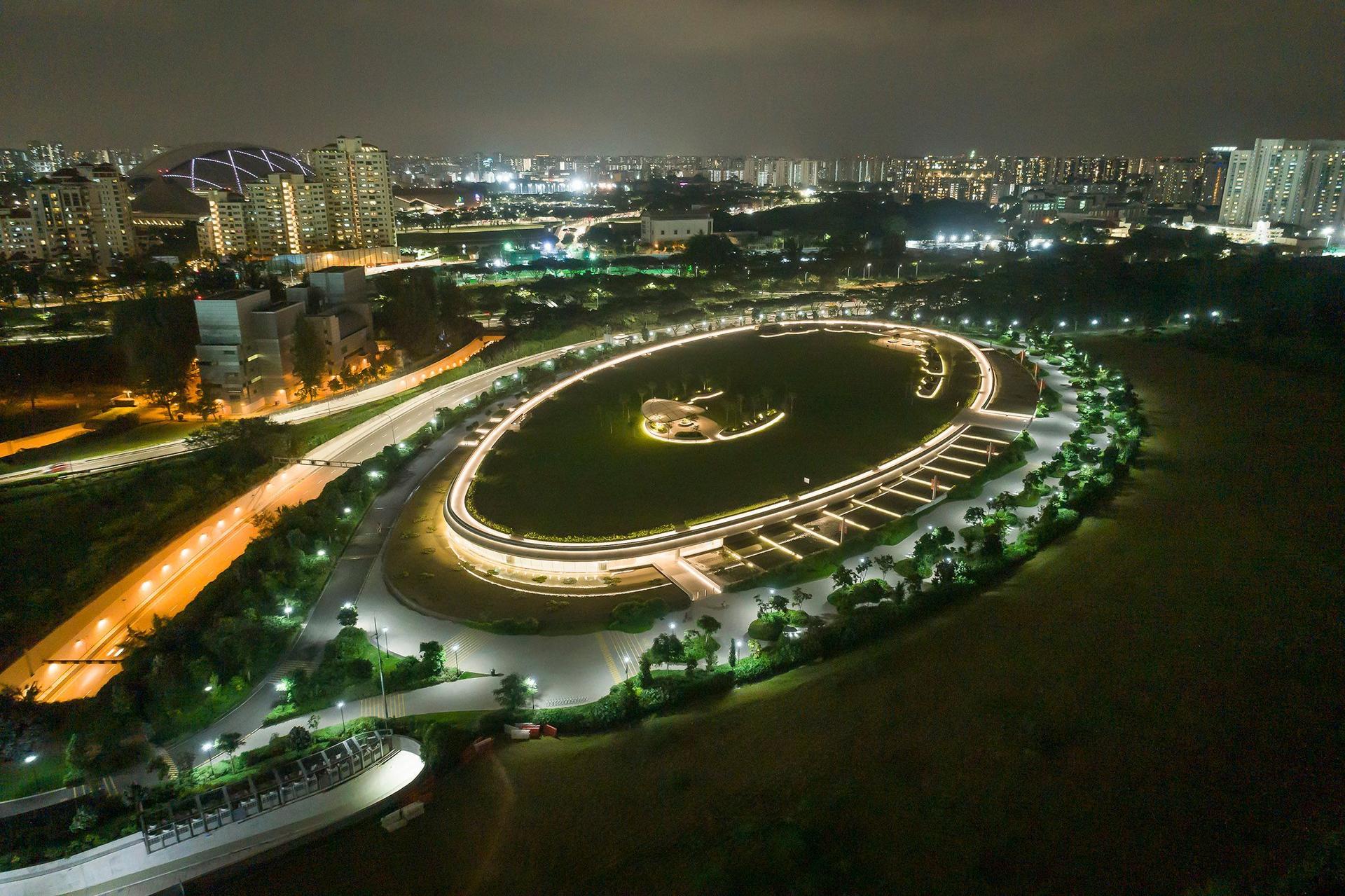
Tropical innovation: dual intake desalination
Desalination can offer a solution to water stress. In Singapore, the Keppel Marina East Desalination Plant (KMEDP) has shown how cities can implement it sustainably.
Engineering sustainable desalination in Singapore
Located at the Marina East area of Singapore, the Keppel Marina East Desalination Plant is an innovative large-scale desalination facility, able to treat 137,000 cubic meters of water per day. A Singapore first, the plant is fitted with dual intakes to both freshwater and the sea, helping Singapore to harness new technology cost effectively.
Located near to both the Marina reservoir and the sea, the Keppel Marina East Desalination Plant was designed with energy efficiency in mind. Fresh water uses less energy than seawater to desalinate, so when the reservoir water levels are high, the plant treats freshwater from the reservoir, enabling energy efficiency compared to a typical desalination plant. When the reservoir water levels are low, seawater will be pumped into the plant instead.
Less energy used, more water treated
Designed, built and operated by Keppel Infrastructure as part of a public private partnership with PUB, Singapore’s National Water Agency, the plant opened in February 2021. As appointed consultant to Keppel Infrastructure, our job was to provide solutions to the unique challenges of this project. Using techniques such as flocculation, dissolved air flotation and ultrafiltration as pre-treatment, two-pass reverse osmosis system able to treat both raw water intake from the sea and reservoir in a dual flow chamber, with post-treatment using ultraviolet disinfection. For energy optimization, we also implemented other techniques such as direct coupling, energy recovery devices and permeate split.
Sustaining more livable lives
As well as being a functional asset, the plant was designed as a community resource with 20,000 square meters of open green space on the rooftop, irrigated by rainwater harvesting, and a viewing gallery for those interested to see the desalination equipment and underground treatment facilities.